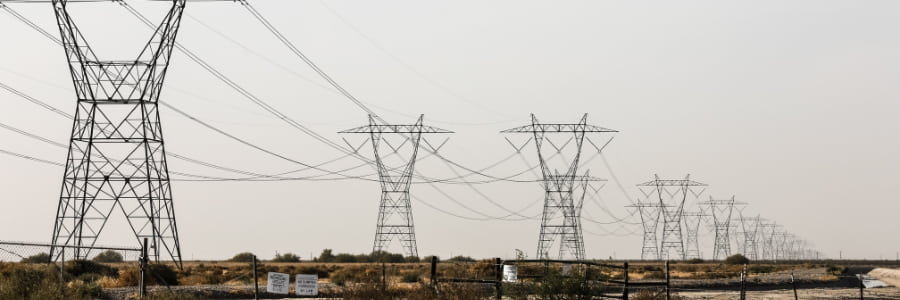Network tariffs are a core element of our electricity grid. Below is an explanation of how True Energy integrates tariffs in our app. We also example what tariffs are and how to use electricity when they are lowest.
True Energy is integrating tariff data into our app. This includes the national tax (Elafgift), TSO system tariff, and TSO distribution tariffs. Thereby we are providing enhanced value to our users. Sourced directly from Datahub, this reliable and accurate tariff information helps create actionable insights for users and fosters trust between our partners and their customers.
The tariff information is seamlessly incorporated within the app. It is readily accessible on the “Explore” page, as well as in an informative app pop-up. This energy cost calculation transparency empowers users to make more informed decisions about their energy usage.
True Energy’s Help Centre articles and frequently asked questions (FAQ) section provide further insights into understanding these tariffs.
The tariffs are included for all areas in Denmark.

Tariffs have undergone a dramatic change in 2023. A new model, known as Tariff Model 3.0, aims to promote the green transition. This new model is geared to incentivise consumers to adjust their power usage. The goal is to move consumption from peak hours to periods when the grid is less strained.
In other words, tariffs tend toward being higher during times with peak usage. One example of that is between 5pm and 8pm.
Your network tariff is calculated based on your customer category. This, in turn, is determined by your connection point to the electricity grid. In other words, the tariff reflects the costs that your consumption incurs on the electricity grid.
The further your power travels and the more transformation stages it undergoes, the higher your network tariff. Thus, households will often pay a higher tariff than enterprise consumers.
The introduction of Tariff Model 3.0 presents potential advantages for electric vehicle owners, especially those who have the option to charge their cars overnight. Under the new system, nighttime tariffs are set to be lower than they would have been under the previous system.
The new tariff system also encourages more efficient use of the electricity grid, helping to reduce the need for expansion and maintenance as the number of electric cars and heat pumps increases, and society generally becomes more electrified.
With falling electricity spot prices and an active shift in consumption, as the new model proposes, the majority of network customers might not notice a significant difference in their electricity bills with the introduction of Tariff Model 3.0.
The new tariff system underlines the pivotal role electric cars play in our green transition, as it optimises energy consumption patterns and enhances grid efficiency. The time-differentiated tariff model encourages sustainable energy consumption habits and is a testament to Denmark’s commitment to accelerating the green transition.